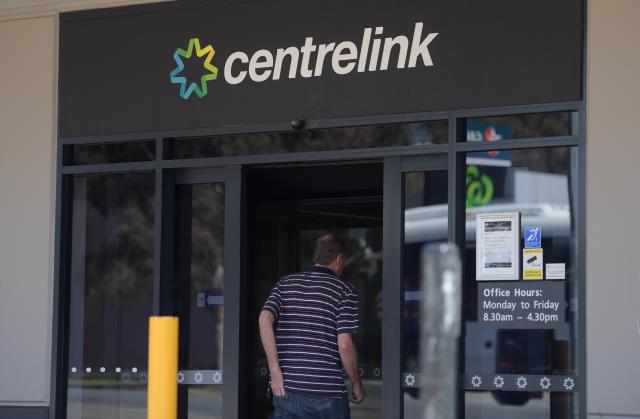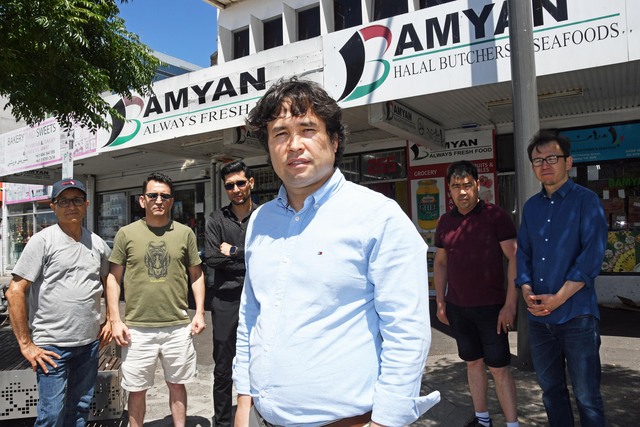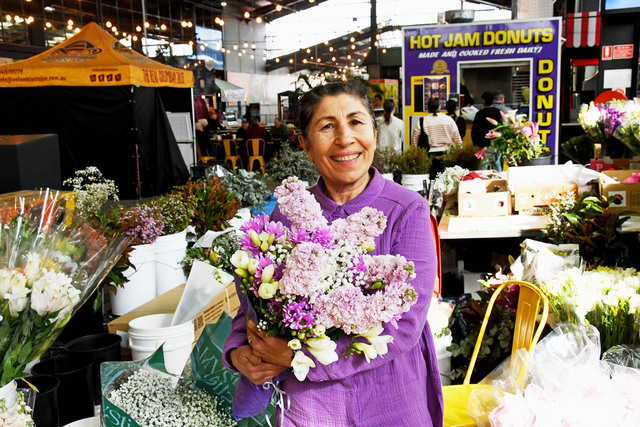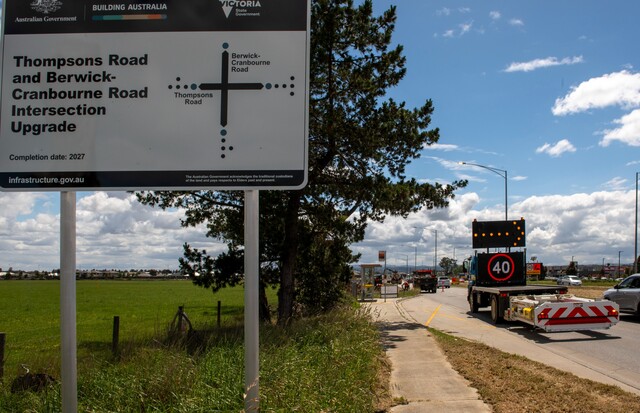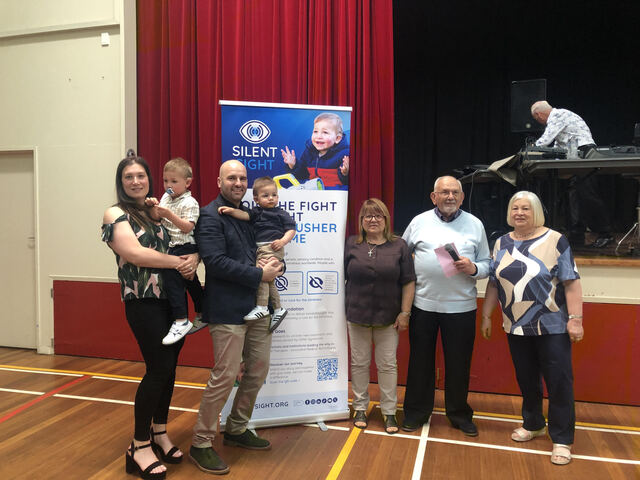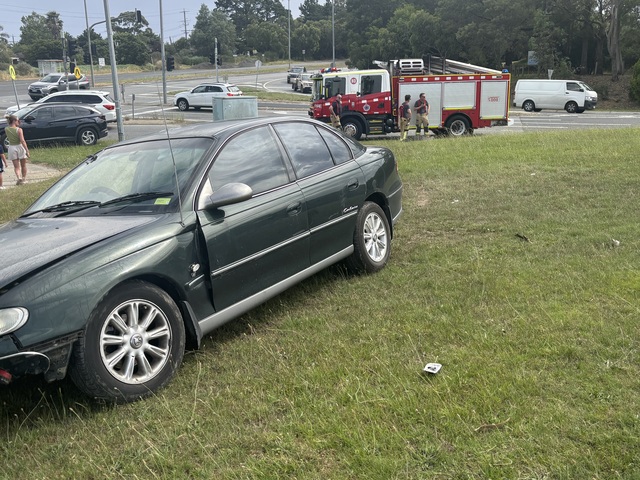Casey’s unemployment rates have been higher than state and national averages every year since 2010, and 2023 is proving no different.
In the quarter to March 2023, Casey’s unemployment rate was 4.5 per cent, higher than that of Victoria (3.7 per cent) and Australia (3.6 per cent).
During the pandemic quarter to March 2021, Casey sat at a huge 7.8 per cent, despite the state and national averages sitting between 6.6-6.7 per cent.
The trend has lasted over a decade, and local organisations have different ideas about what could be contributing to the inflated statistic.
Wise Employment Business Manager Lisa Ryan said the driving forces behind unemployment are “multi-faceted”.
“The inability to afford a car and with the vast majority not having a driver’s licence limits job opportunities, as they rely on public transport with limited schedules,” she said.
“Physical limitations, such as mobility issues or chronic pain, and mental challenges like anxiety or PTSD, affect their ability to perform certain job tasks.
“Moreover, many jobs require prior experience, making it challenging for those without relevant work history.”
City of Casey Acting Manager Growth and Investment Daniel Fokkens said Casey’s high cultural and linguistic diversity challenges may play a part.
“The City of Casey is the most populated local government area in Victoria, with close to 30 per cent of the population from CALD backgrounds,” he said.
“It has been difficult for some residents from our CALD community to secure meaningful work due to limited local work experience and a lack of awareness about working in specific industries.
“Many residents are also ineligible to participate in government funded employment services due to visa conditions.”
However Mr Fokkens said there are options for those facing these difficulties.
“In the effort to help combat unemployment levels in the City of Casey, Council facilitates industry information sessions for the community, where they can hear direct from the employers about their industry and the jobs on offer,” Mr Fokkens said.
“We also engage with local businesses to assist in making their recruitment process more simplified and inclusive.
“There are also a number of free career counselling services available to residents through the State Government Skills and Job Centre program to assist them in identifying their goals and providing pathways to employment.”
Ms Ryan said challenges facing the CALD community “compound the unemployment issue”.
“Limited English proficiency hampers their job prospects, and cultural differences in job application and workplace interactions can create difficulties and discrimination,” she said.
“Additionally, despite being highly skilled and experienced, some face the frustration of their qualifications not being recognised in Australia, resulting in applying for entry-level positions only.”
Community Information and Support Cranbourne’s Leanne Petrides said she has witnessed the upward trend in unemployment over the past decade.
“We have certainly seen unemployment increasing over that period,” she said.
“Many people are employed in retail/service industries and often on a casual basis which is hit hard during downturns.
“The current cost of living crisis is seeing more competition for part-time jobs as people look for second jobs or leave retirement to look for work.”
Ms Petrides said government payments are also getting in the way of meaningful employment.
“JobSeeker as a payment is just not enough, and is actually even a barrier for serious job seeking activities,” she said.
A report from the University of New South Wales and the Australian Council of Social Service found 60 per cent of individuals living on JobSeeker payments are living below the poverty line.
This is even higher (72 per cent) for those living on parenting payments, and also affects 34 per cent of those living on Youth Allowance.
Those on JobSeeker receive a reported $269 per week below the poverty line, while those on Youth Allowance are an enormous $390 per week below the minimum liveable wage.
With inflation hitting petrol prices, housing and groceries, the “breadline” payments are less and less effective for staying afloat.
Ms Ryan likewise said she has seen the cost of living crisis “significantly” affecting Wise Employment participants, “leaving them with limited funds after paying rent, leading to tough choices between paying bills or buying food”.
“This financial strain has led to mental health issues like increased anxiety and depression,” she said.
“The situation is exacerbated by the rental housing crisis, forcing people to find alternative, generally substandard, accommodation, often opting for shared living or seeking support from family and friends or facing homelessness.”

